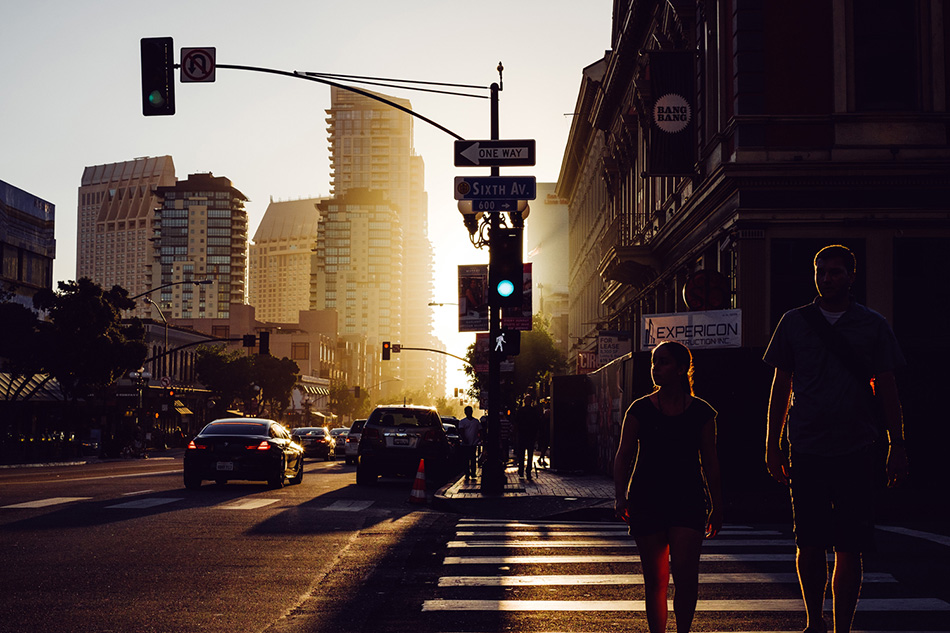California Calling
Mastering the use of colour, light and contrast, Ali Harfouche, from California, produced one of the most inspiring body of work we have seen lately. In this interview, Ali describes his workflow and the equipment he uses to shoot on the streets.
Hi Ali, could you please introduce yourself?
My name is Ali, I’m 42 and I live in San Diego California.
When did you get interested in Photography and what genres of photography you started to do initially before you specialize in street photography?
My first artistic outlet was drawing/illustration. I started in pre-school back in the late 70’s… My interest for photography started in the early 90’s, mostly fashion, black and white photography. I used to collect fashion magazines and use the pictures as either reference or inspiration for my drawings.
I would later buy either a Polaroid or an old film camera and take pictures of landscapes, cityscapes or anything I needed to help make my drawing more realistic. Photography was more of a mean to an end type of thing. Then the digital age came along with adobe Photoshop and it made things a lot easier.
Later my passion for illustration died and I found myself in an artistic phantom zone for a few years. Then along came the iPhone and shortly after, mobile photography became a thing and I caught the bug in 2011… it was all landscape and cityscape. I wasn’t happy if there was a human being in the picture. Times have changed.
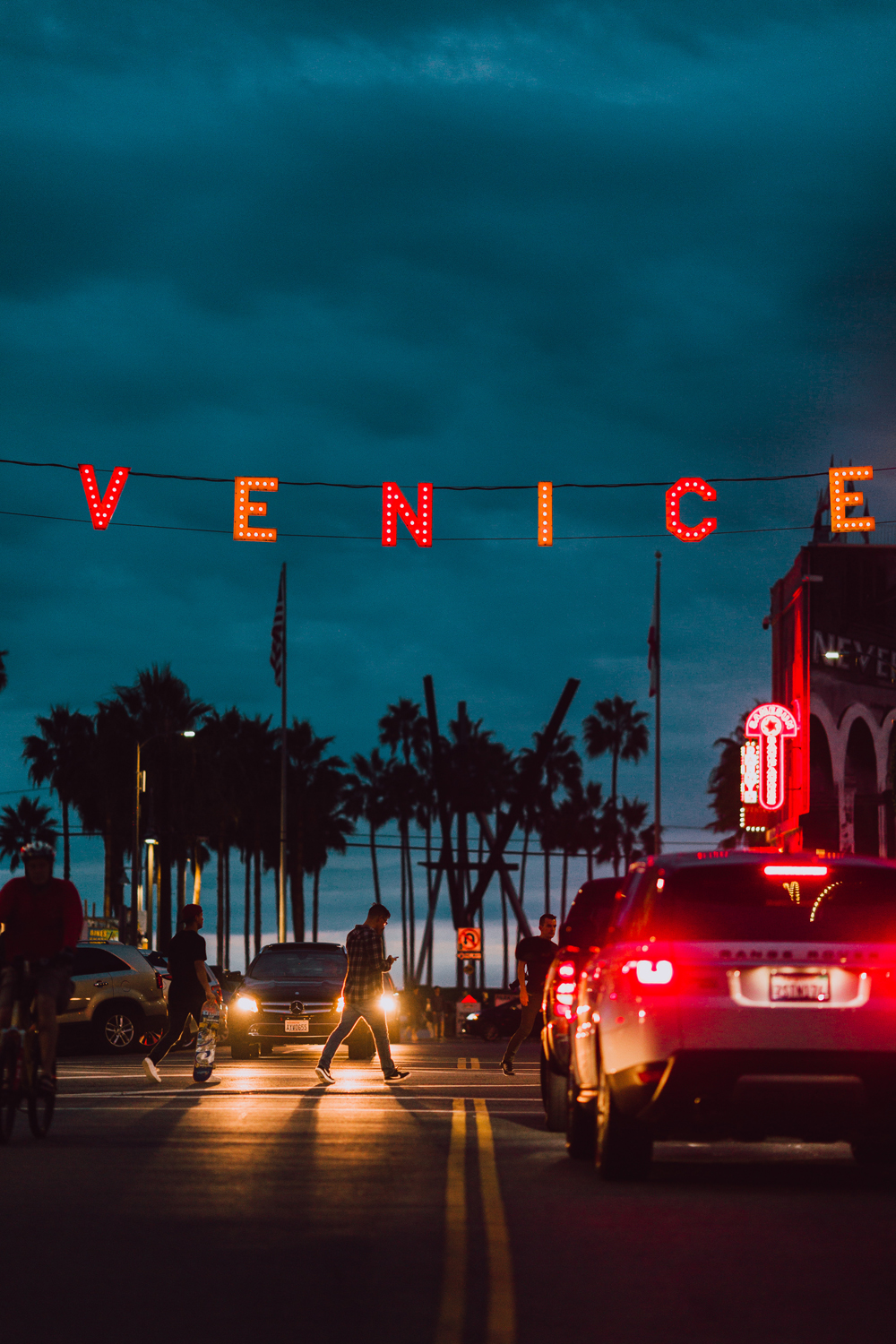
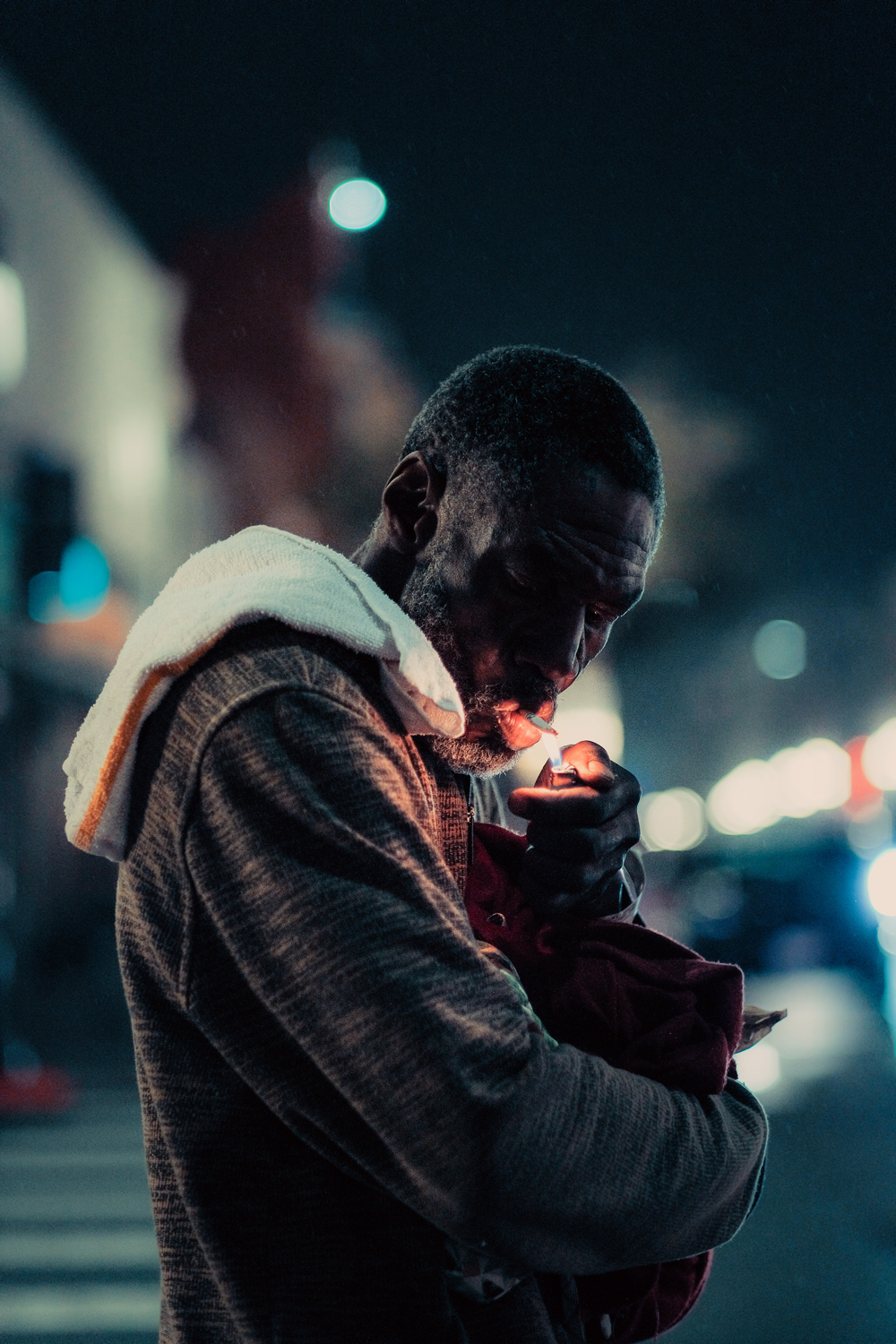
The Ricoh GR series as always been a cult camera and very popular among street photographers. What were the reasons that led you to move from the Ricoh GR2 to Fuji?
The main strength of the GR (other than the superb image quality) is its compactness and unobtrusiveness combined with a bigger sensor compared to typical point and shoot cameras. Select the auto mode of your choice, and you’re good to go. However, for manual exposure, the control buttons and wheels were just too fiddly.
Changing exposure setting on the fly is a pain. In that aspect, Fuji X cameras are far superior with their external dials and knobs. I can set the camera without even turning it on. Also, the AF on the GR is barely usable even in good light. In the end, if I really need a camera that fits in my pocket, I already have one in my phone.
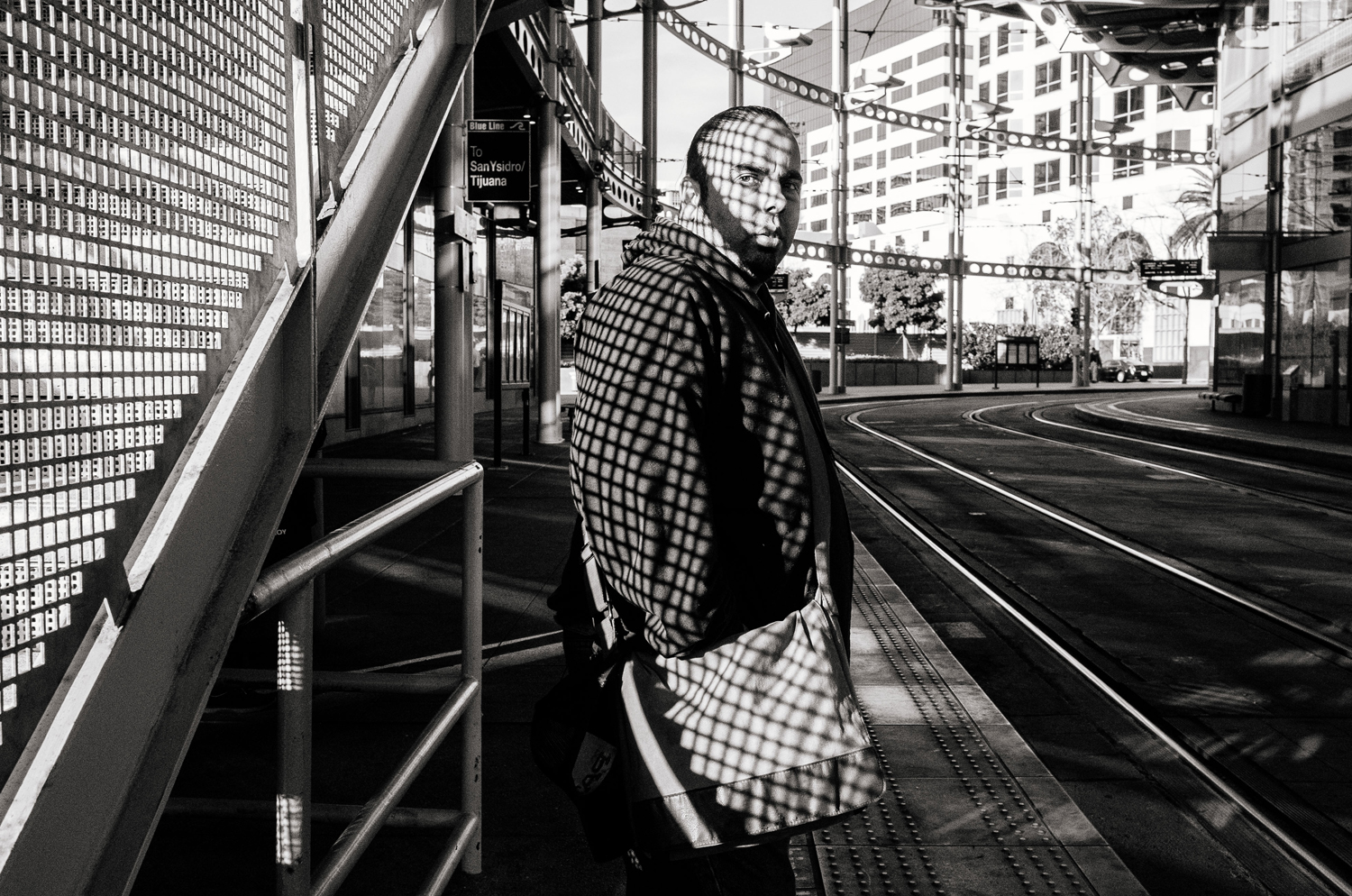
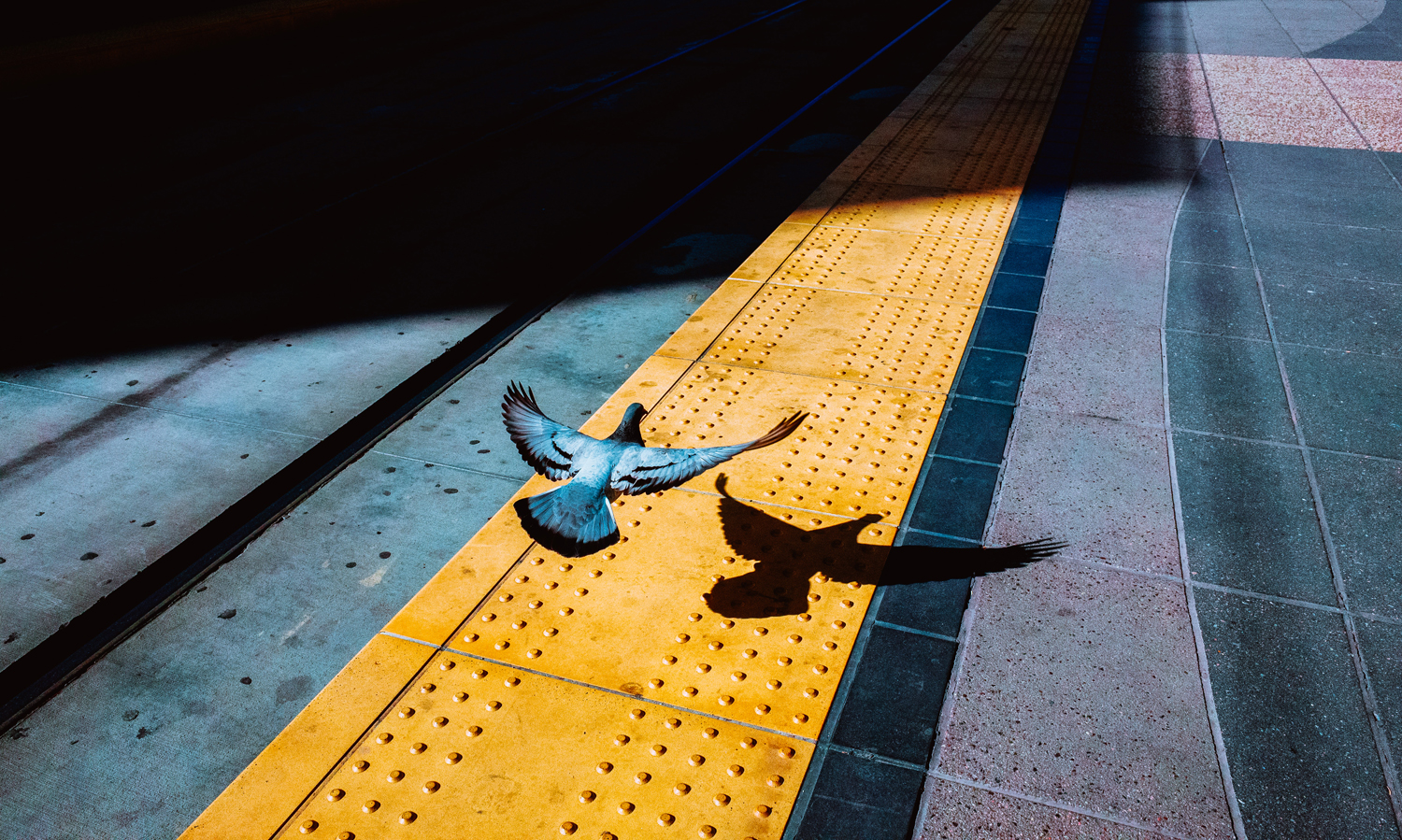
X100F vs X-Pro2: What are Pros and Cons of each and when do you use one or the other?
X100F
Pros: leaf shutter and flash. Also ND filter but I never use it.
Cons: I like to manual zone focus with wider focal length and not rely on AF. It’s not terrible but the X100F could use a better fly by wire interface focusing system. The Lens gets soft at f2 when shooting close. You can knock the battery door open by mistake way too easily therefore a half case is necessary. It’s not weather resistant but it’s not a huge con as I never really needed that feature.
X-Pro2
Pros: better, faster AF. The ability to changes lenses. Because it’s bigger, it has slightly better handling.
Cons: I found the ISO/SS dial is fiddlier than the one on the X100F.
It’s simple. I don’t have a 23mm lens. Therefore, I use the x100F when I need that focal length, or for travel where I want to use one focal length to keep a consistent look. I use the X-Pro2 for the rest of my shooting needs.
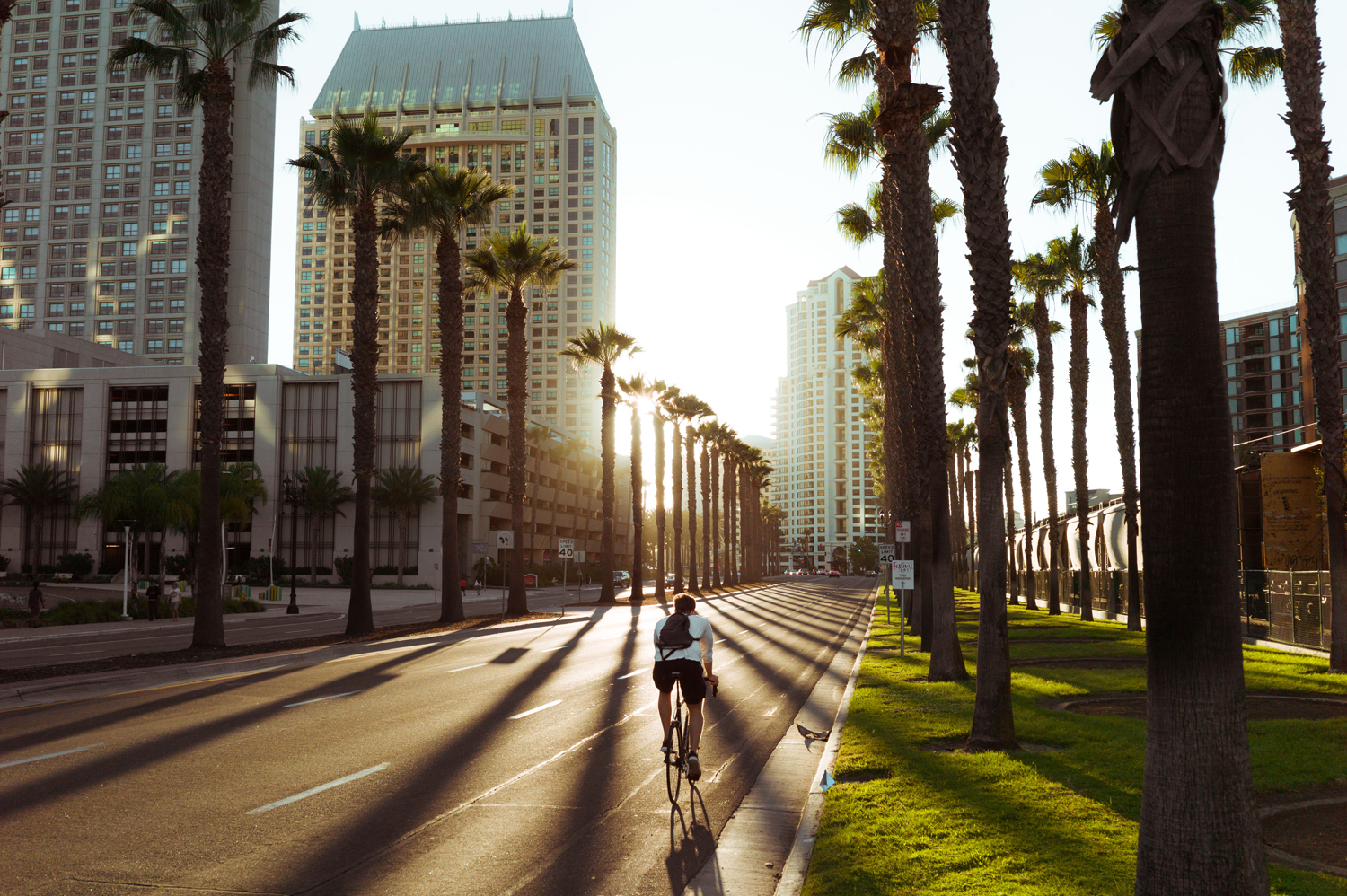

The different focal lengths you use and how do they influence your approach on the streets?
These days, I just stick to two focal lengths: 35mm and 50mm for street work. 35mm (in full frame term) is for a more photojournalistic, documentary style of photography. I like to fill the frame with information.
The wider perspective is great for layering, including more subjects and more of the background. Because the focus is the entire frame and not a single, isolated subject, the use of a larger depth of field is very important. In term of aperture, I’m always between f5.6 and f16.
50mm is the focal length I use for subject isolation, simpler compositions and for low light shootings. Hence why I prefer the XF35mm f1.4, rather than the f2 version. It’s a classic focal length for general street photography because of its versatility. I’ve also experimented with telephoto lenses (up to 300mm) and you can get some really interesting and esthetically pleasing compositions. However, the pictures may lack emotional impact because of the long distance.
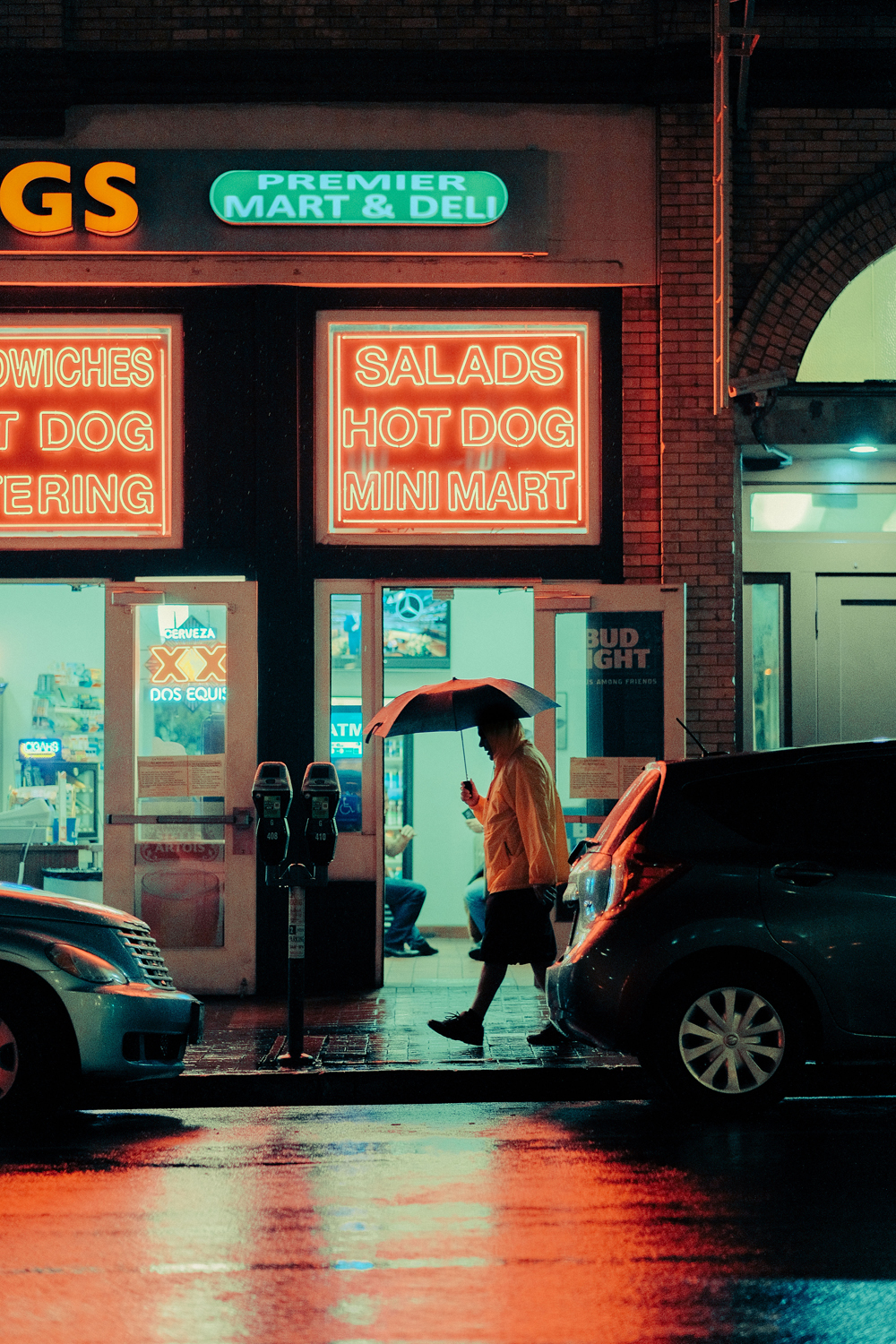
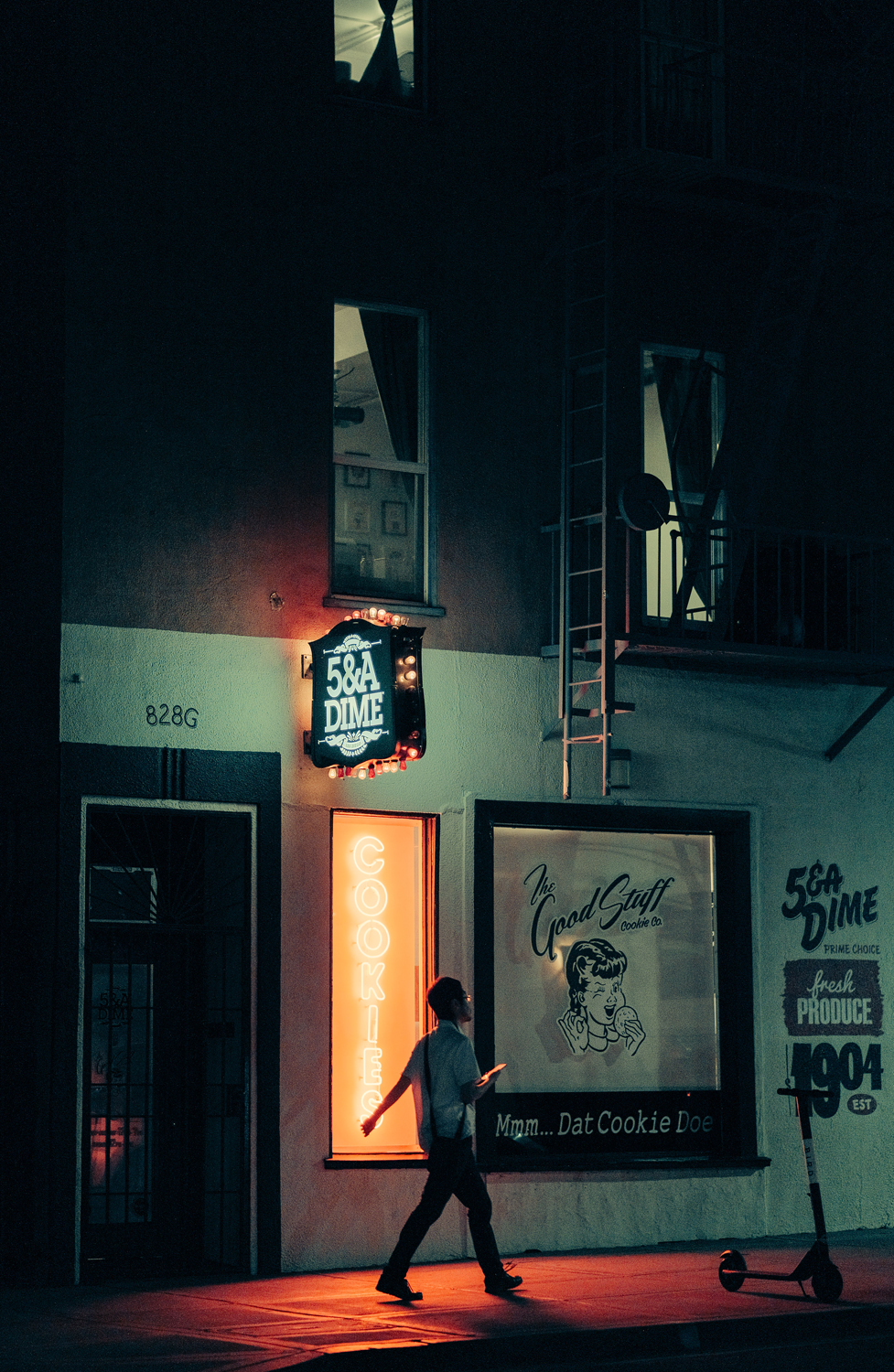
Could you tell us about your approach to Street Photography, favorite locations, dealing with harsh light and high contrast scenery?
My approach is very deliberate and slow. I walk a lot, I walk and watch and wait, get the feel of the place, then watch and wait some more all while remaining optimistic that some opportunities will open up in front of me. I don’t like to plan my photographs. That’s my process: I was there, this was there, and I shot it. Rinse, repeat. In the end, it’s not really about the picture itself but more about the act of photographing.
Here in San Diego, nobody walks. So my outings are 95% walking, watching and waiting. That’s why frequent escapes to San Francisco and Los Angeles are necessary for me. I prefer SF because it just offers so much more diversity: the financial district with all the glass towers and bouncing lights, the mission district with all the street art, Chinatown etc.
I live in southern California so I’m mostly drawn to light and colors. Harsh sunlight is great for shadows and silhouettes. The golden hour here is a sight to behold. Provides great opportunities for some interesting light play… The most difficult part is finding subjects.
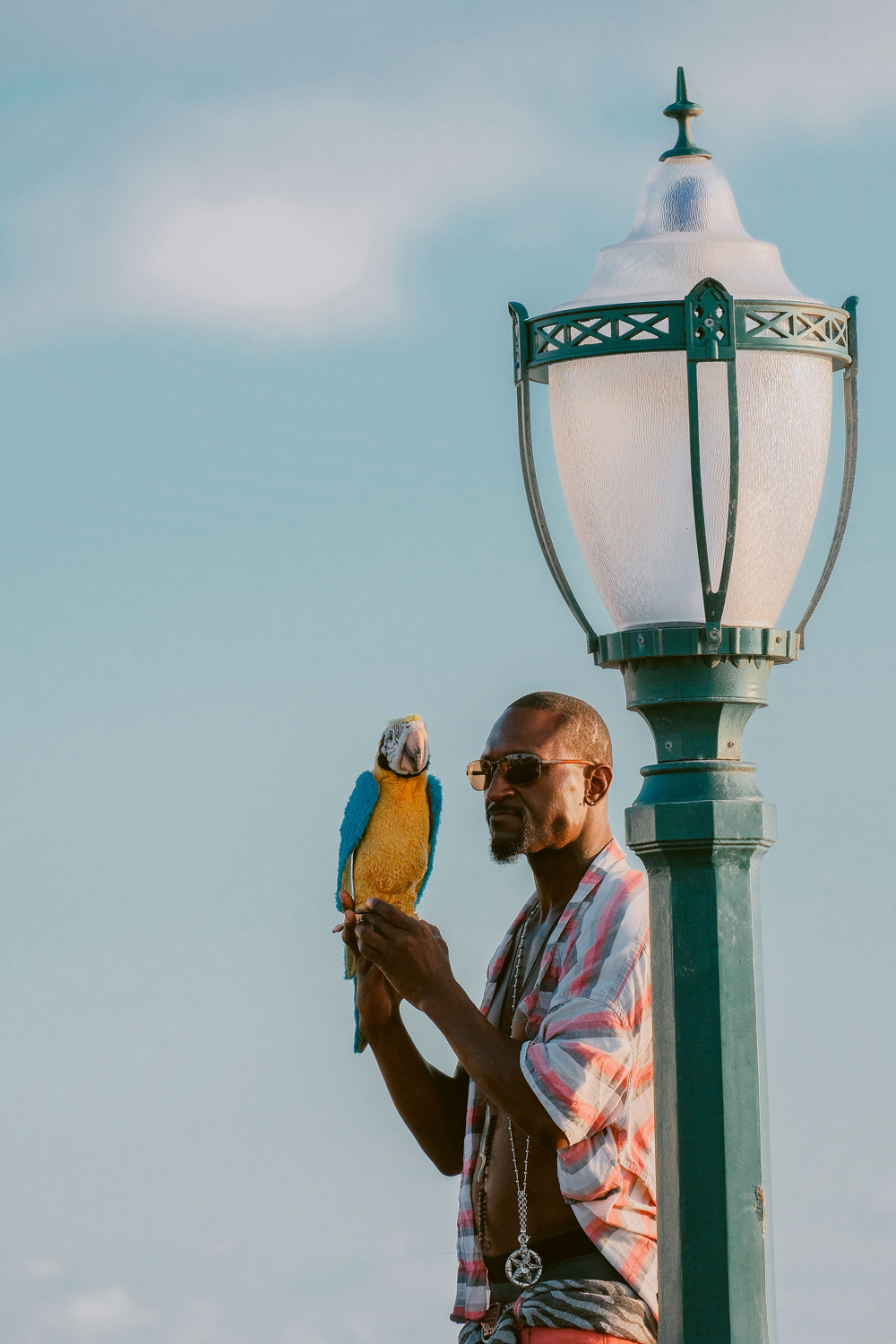
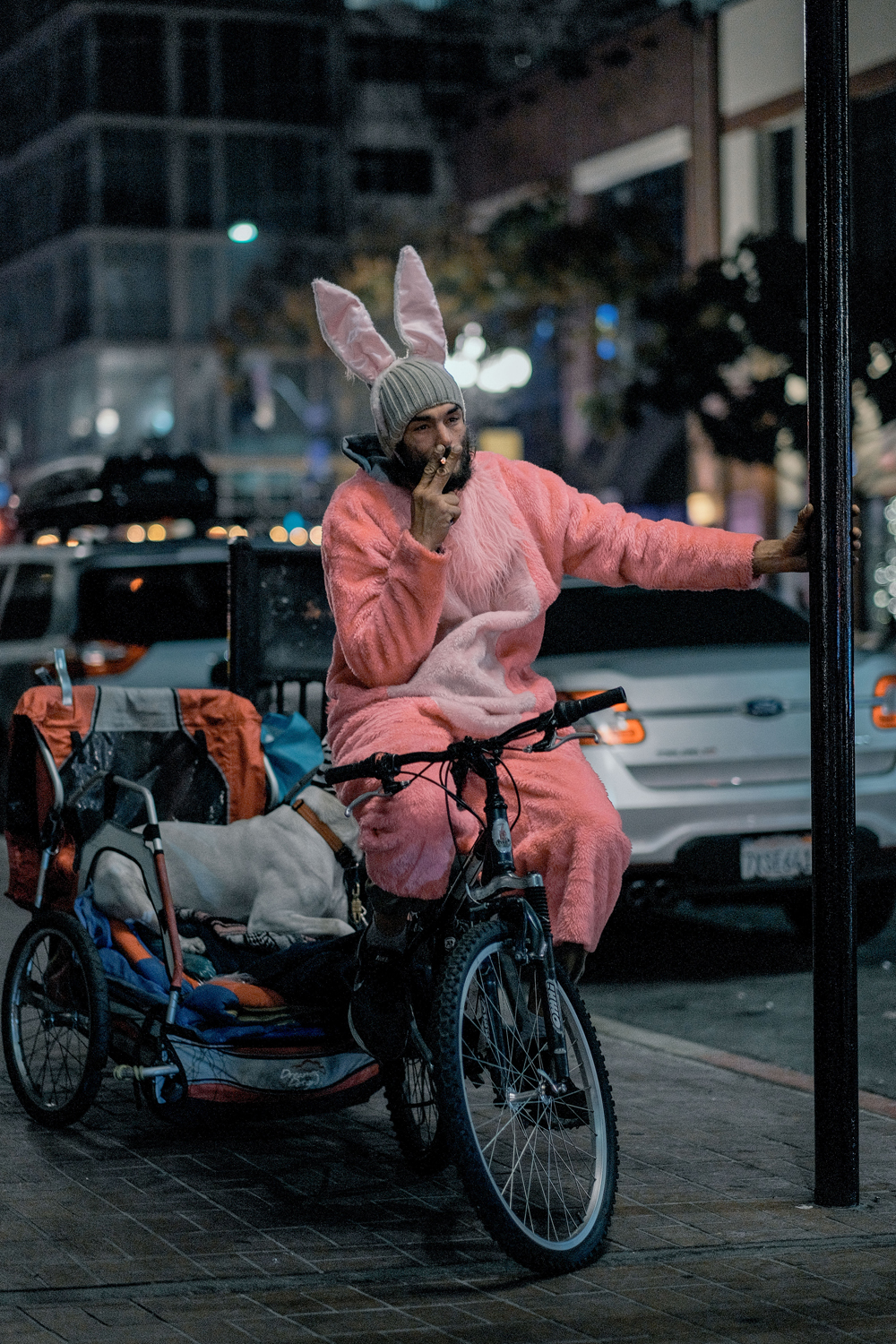
But you also shoot a lot at night, taking advantage of the available light.
Shooting at night can be much easier or difficult, depending on where you live. San Diego is a sleepy town and past 9pm, it’s dead. It’s too dark for anything other than long exposure shots, which I’m not a fan of. Rain (or fog) can add some moody vibes with wet pavement and street lights… but it never rains in southern California.

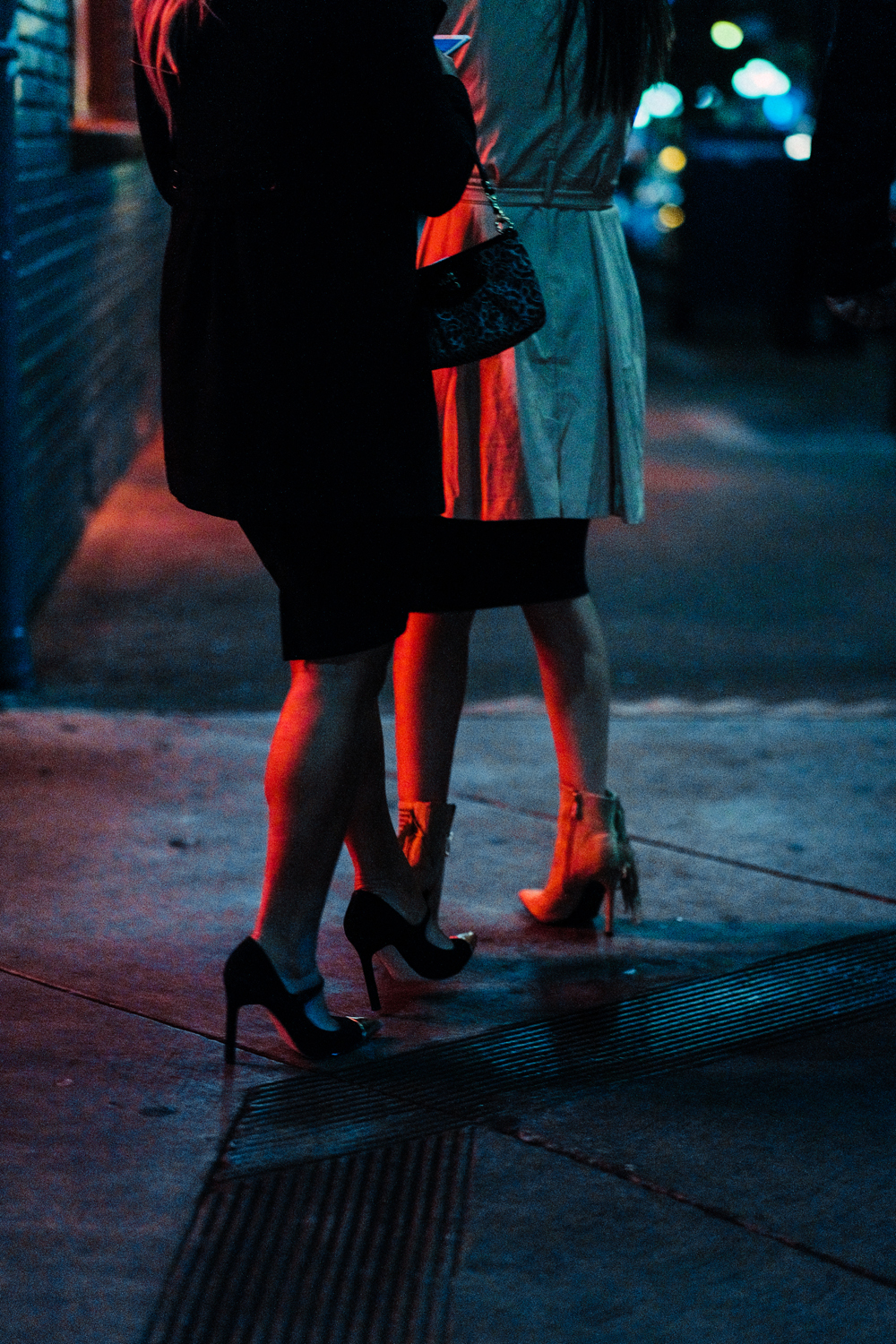
How do people react? Any anecdote?
Most of time, the people I shoot don’t either notice or care. Either way, once I take the shot, I immediately move on. 99.9% of the time, I do get reactions from bystanders though. Last time I visited the mission district in SF, I noticed a couple noticing me taking pictures. They followed me for a few blocks. Later on, I saw that same couple again double parked in a car taking cellphone pictures of me. You have to be aware of your surroundings; there are some paranoid folks out there, especially if you wander a little too far off the main strip.


You manage to keep your work highly consistent regardless the camera brand or focal length used. What is your process to get these results?
Consistency begets consistency. I believe one of the most difficult things in photography is to stay consistent in terms of creating. The best athletes in the world practice every day for hours and this is what leads them to become the best. With photography (or any art) you have to train that creative “muscle”. You need to do it consistently to keep in shape. And even more important is to keep your eyes sharp and ready to look for photographic opportunities. I just carry my camera with me everywhere I go.
My concern is to stay esthetically consistent. With Instagram and social media, we are too focused on the single image. With that, your body of work tends to be too cluttered and not consistent in terms of subject matter. Working on projects or self-assignments is one way to go about it. Simplifying your gear is another. I love experimenting but at some point, we need to start focusing on one thing and getting really good at it and stay consistent.
What’s the software you use to process your files?
Adobe Lightroom CC
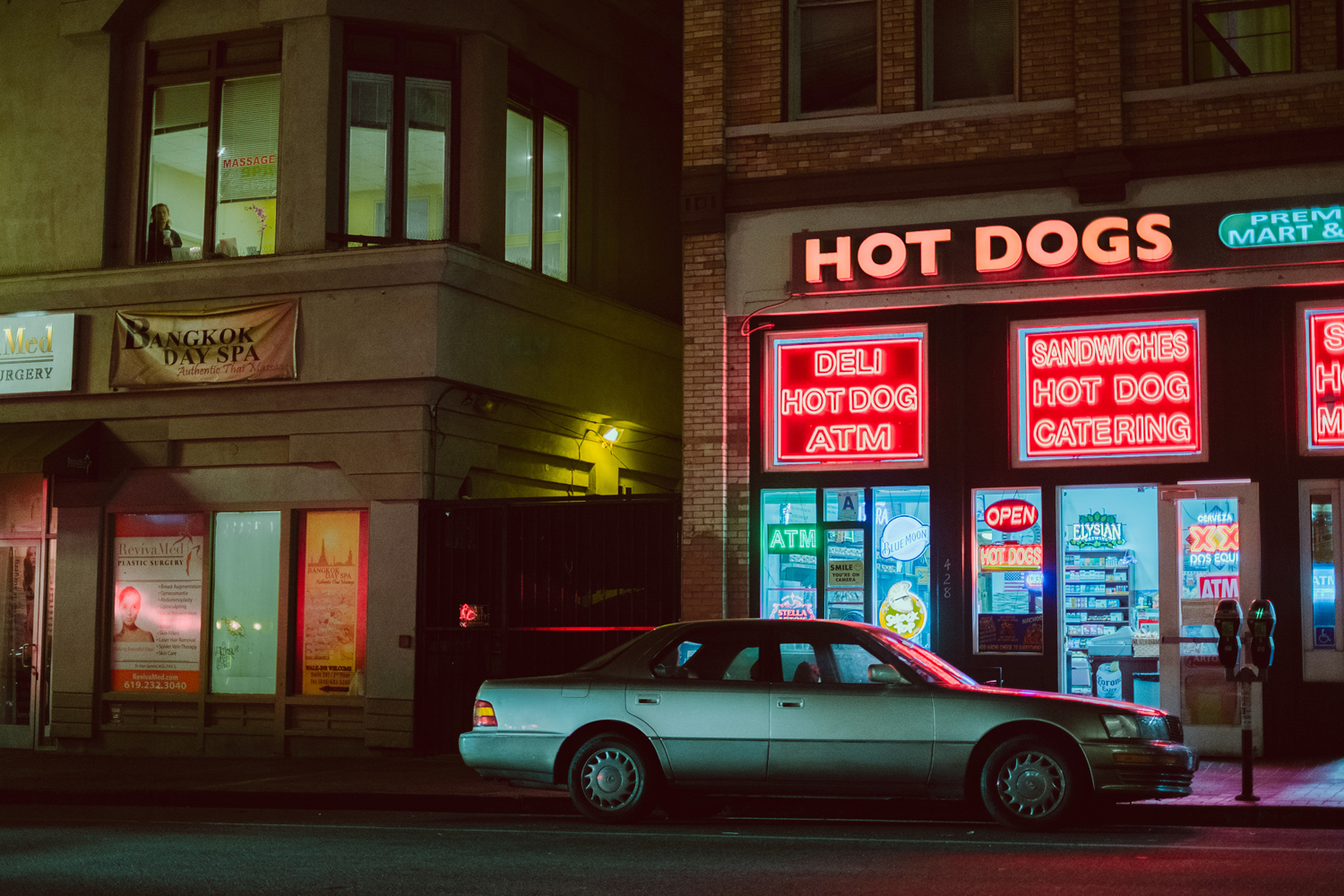
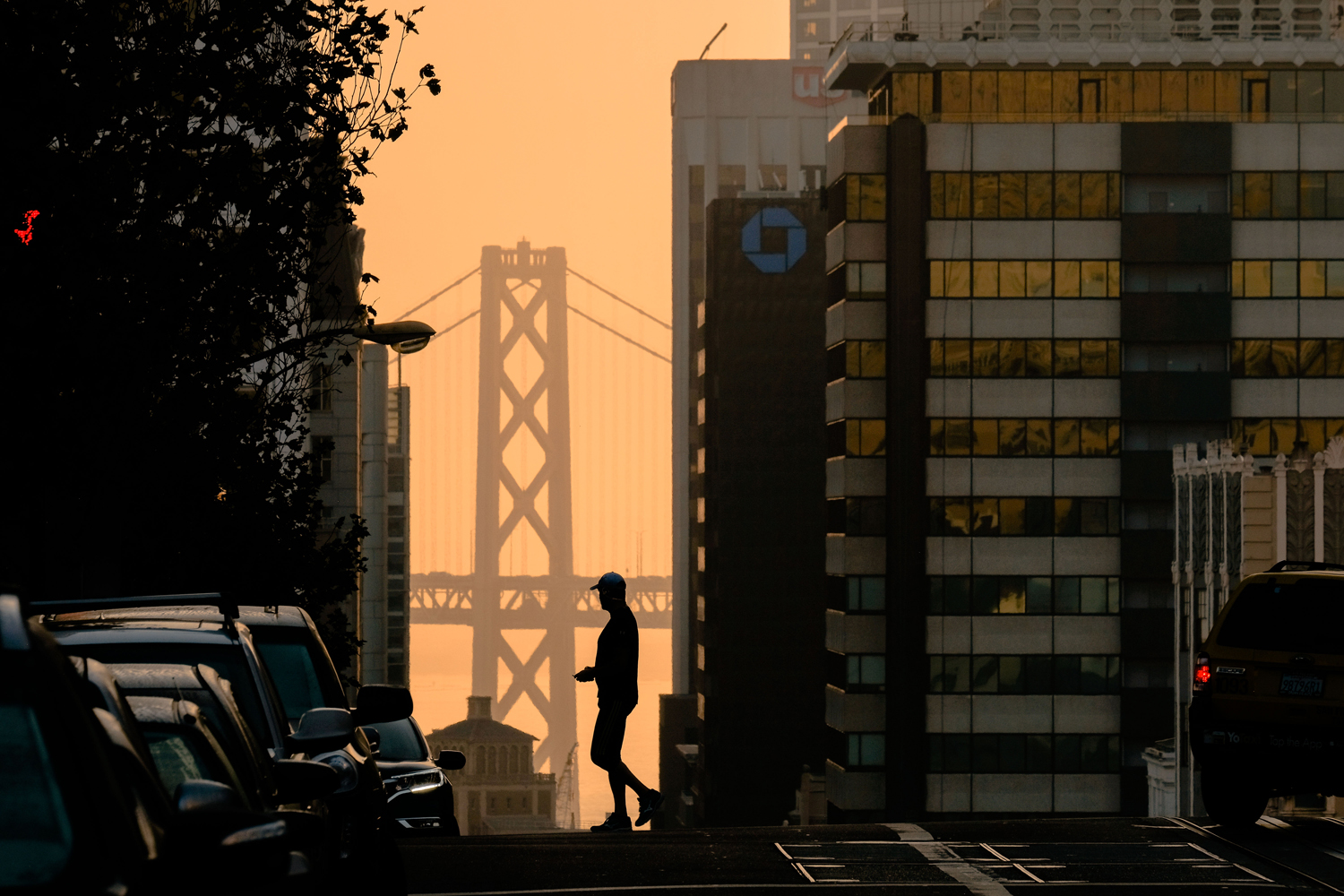
JOIN US! SUBSCRIBE TODAY THE FUJI X PASSION MAGAZINE
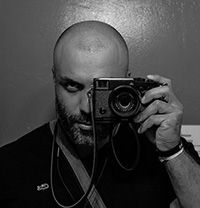
“Ali Harfouche (but people call me Ali Boombayě), 42 years old. living in San Diego, California.
I was born and raised in Paris, France. moved to San Diego end of 2004. professionally, I’m all over the place. I started my “professional career” in fine dining seafood restaurant. then I pursue my other passion and became a fitness trainer for a few years. after moving the US, I co-ran with my ex-wife a vegetarian restaurant in SD, worked in construction and then became a fitness trainer again… Until I moved to Miami Beach, FL and worked in the nightlife industry for two years before moving back to San Diego and pursuing photography and who knows what’s next?”

